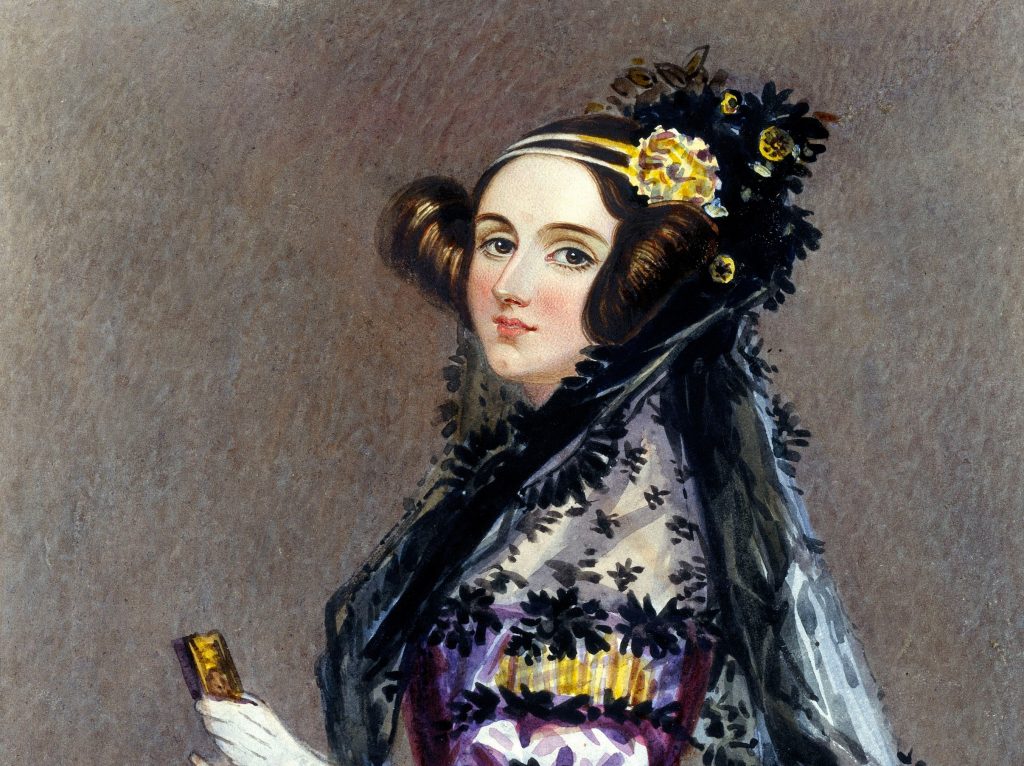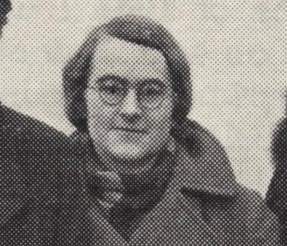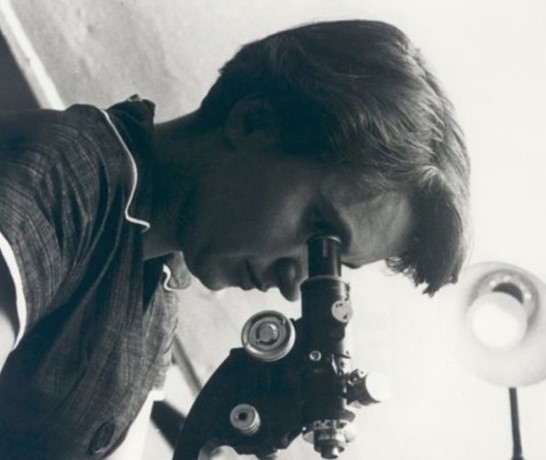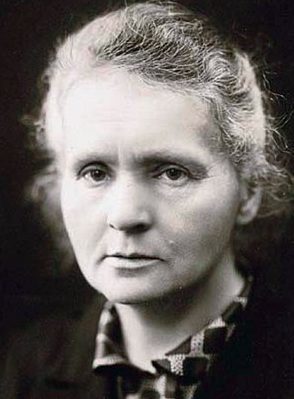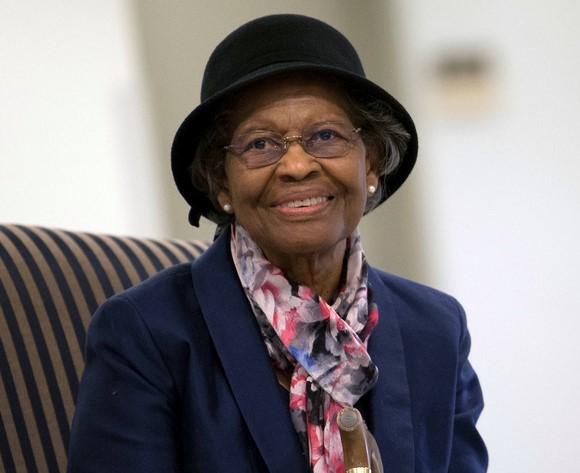
In November 2020, Maia Sandu became Moldova’s first woman president. In the same month, the American people elected Kamala Harris vice-president and, on the 20th January, she became the highest-ranking woman in US history. This, along with the fact that many other countries currently have female heads-of-state, may lead us to the conclusion that women are finally beginning to achieve parity with men in leadership roles. However, the truth actually is that a surprising number of people across the world still don’t trust women to lead effectively.
The Reykjavik Index for Leadership measures how people feel about women in power. It looks at the perceptions of legitimacy of both male and female leaders in politics and across twenty professions. It also measures how men and women differ in their views, and whether men and women are viewed equally in terms of suitability for positions of power.
The Index assesses these attitudes toward female leadership in the G7 countries – Canada, France, Germany, Italy, Japan, the UK and the US – as well as India, Kenya and Nigeria. The most recent survey of the index, with more than 20,000 adult participants, led to some surprising and disheartening results.
Only 38% of people in Japan were comfortable with the idea of a female head of government or a female CEO. Even more surprisingly only 41% of people in Germany said they were very comfortable with a woman being the head of government. This is in spite of the fact that Angela Merkel has been German chancellor for over 15 years. Current thinking in this area is that it is common for beliefs about leadership to default to stereotypes about masculine behaviour and this can lead to unconscious gender bias.
It is certainly the case that the underrepresentation of women in the boardroom and other areas of power, such as politics, is a problem that has to be tackled head on. Having more female leaders will lead to change in all of our perceived conceptions about who can lead. Not only that, women in positions of power challenges the stereotypes about what qualities are necessary in a leadership position. Having more women in leadership roles breaks down barriers and makes things better for all of us.
Infero’s Women in Leadership course is for women seeking to enhance their professional careers, develop their leadership skills, and become leaders in their organizations. It is also for workplace professionals, including managers and leaders who want to learn more about women in leadership.

This course builds on research that identifies the key factors that have proved vital to successful women leaders. It aims to help women develop both their inner confidence to realise their career potential and the practical skills required to lead themselves and others effectively.
Delivery Method – Instructor led, group-paced, classroom-delivery learning model with structured hands-on activities.
Prerequisites – There are no prerequisites for this course
Course Objectives – Upon successful completion of this course, students will be able to:
- Lead people in an organization.
- Overcome common leadership challenges.
- Gain leadership excellence through effective communication
Course Content
Lesson 1: Leading People in an Organization
Topic 1A: Recognize Your Leadership Potential
Topic 1B: Leverage Your Unique Leadership Strengths
Lesson 2: Overcoming Common Leadership Challenges
Topic 2A: Respond to Resistance to Your Leadership
Topic 2B: Gain the Next Foothold in the Corporate Ladder
Lesson 3: Gaining Leadership Excellence Through Effective Communication
Topic 3A: Achieve Clarity in Communication
Topic 3B: Deliver Constructive Criticism
Topic 3C: Resolve Conflict
Contact us at Infero Training for more details.
